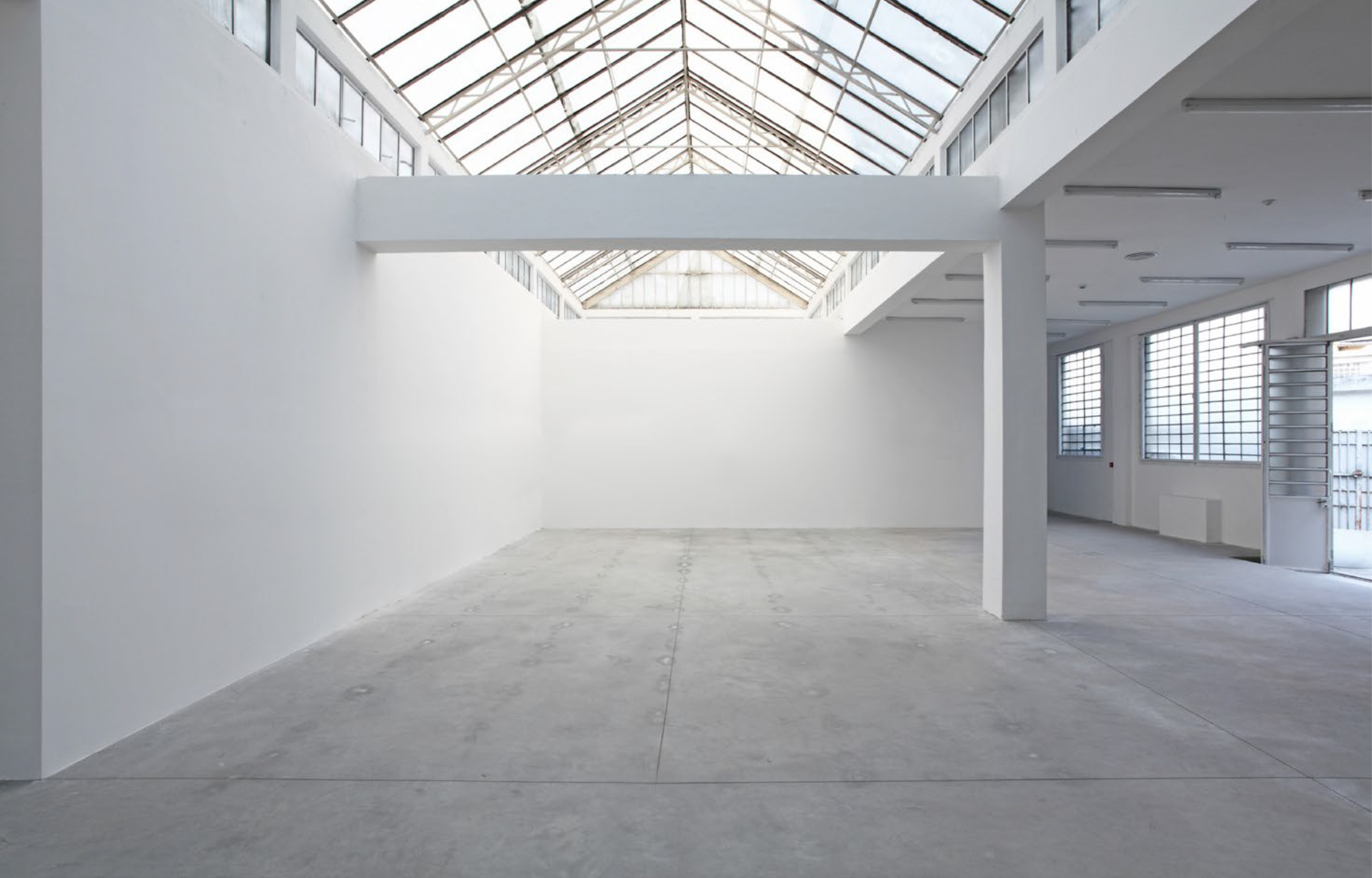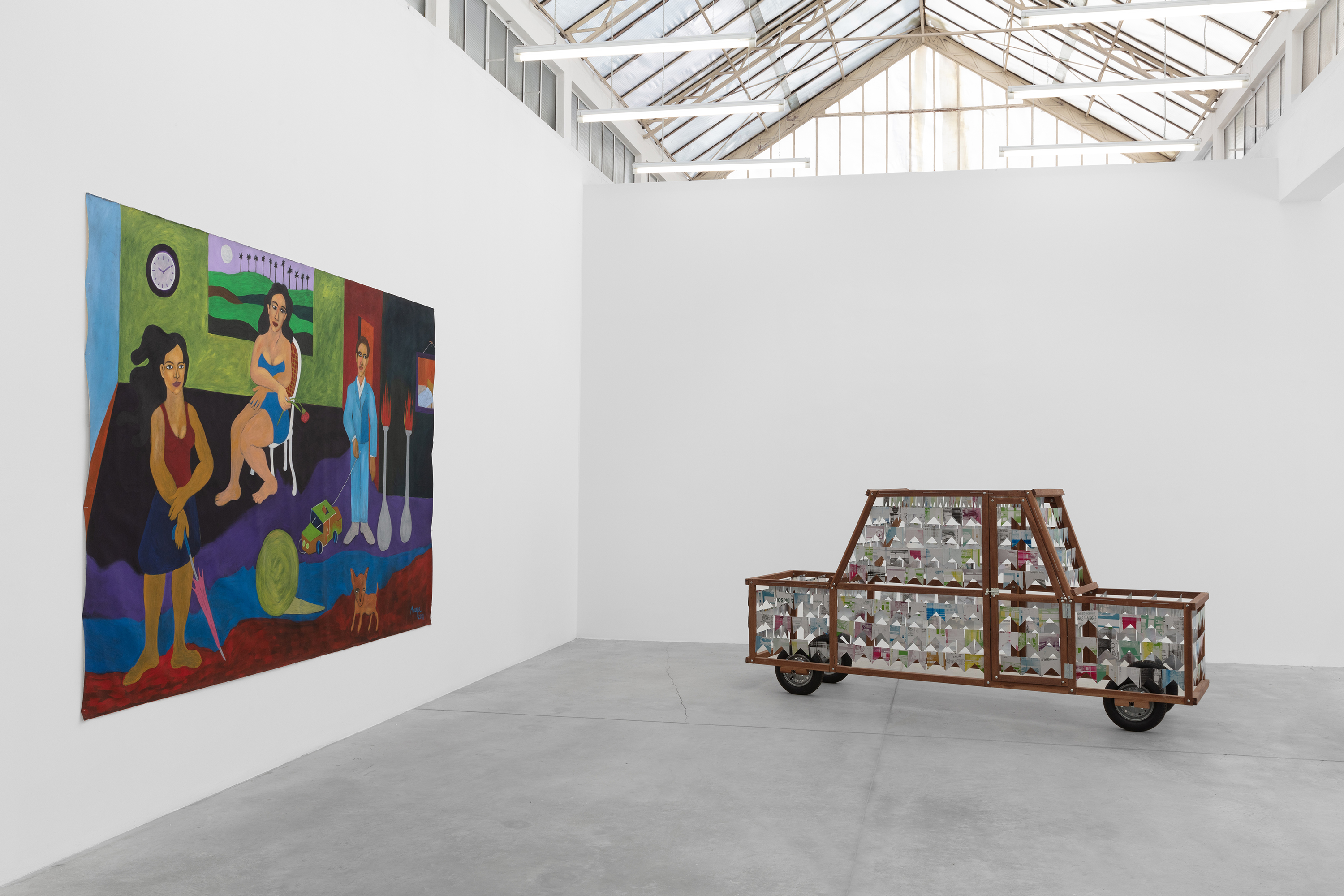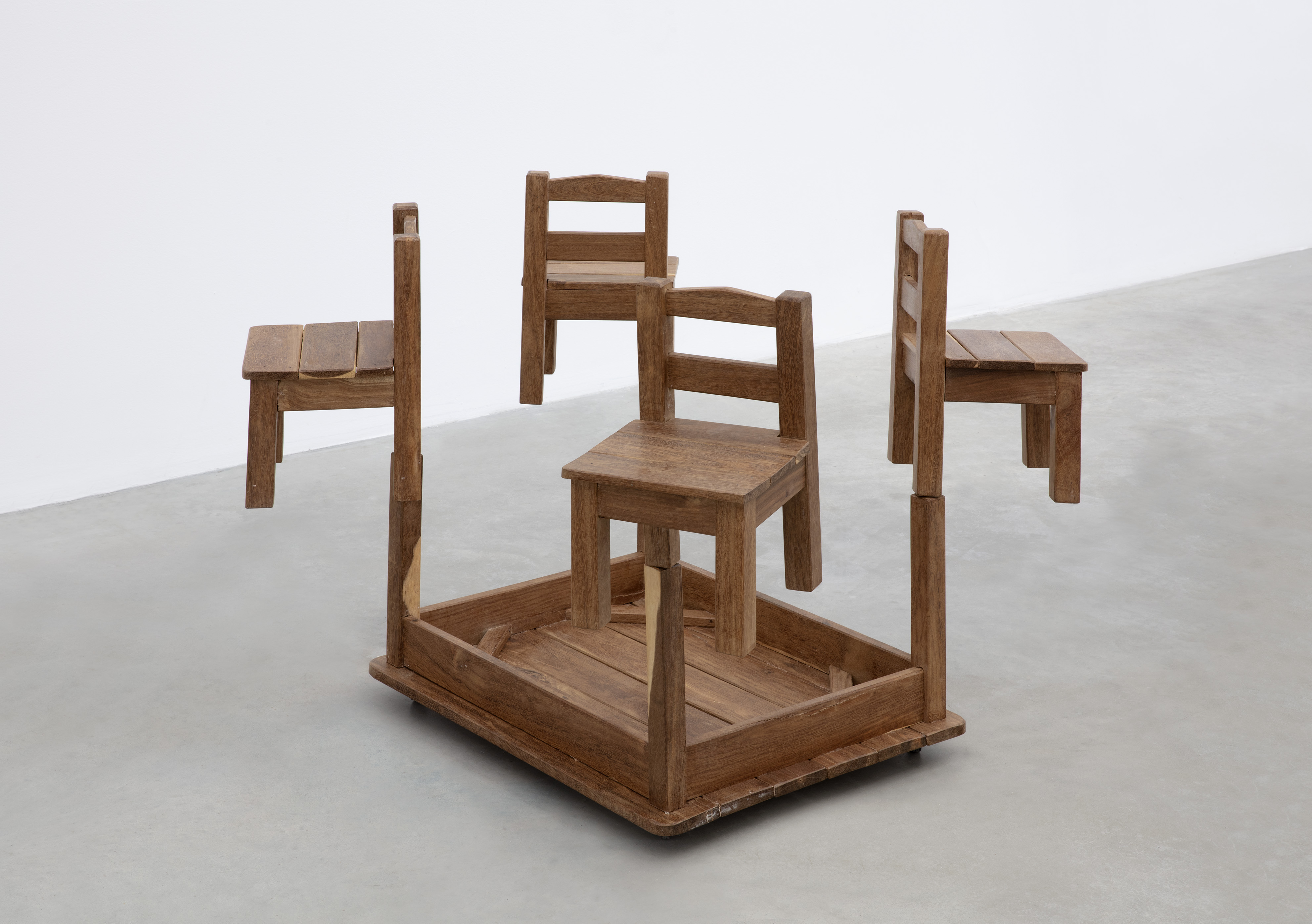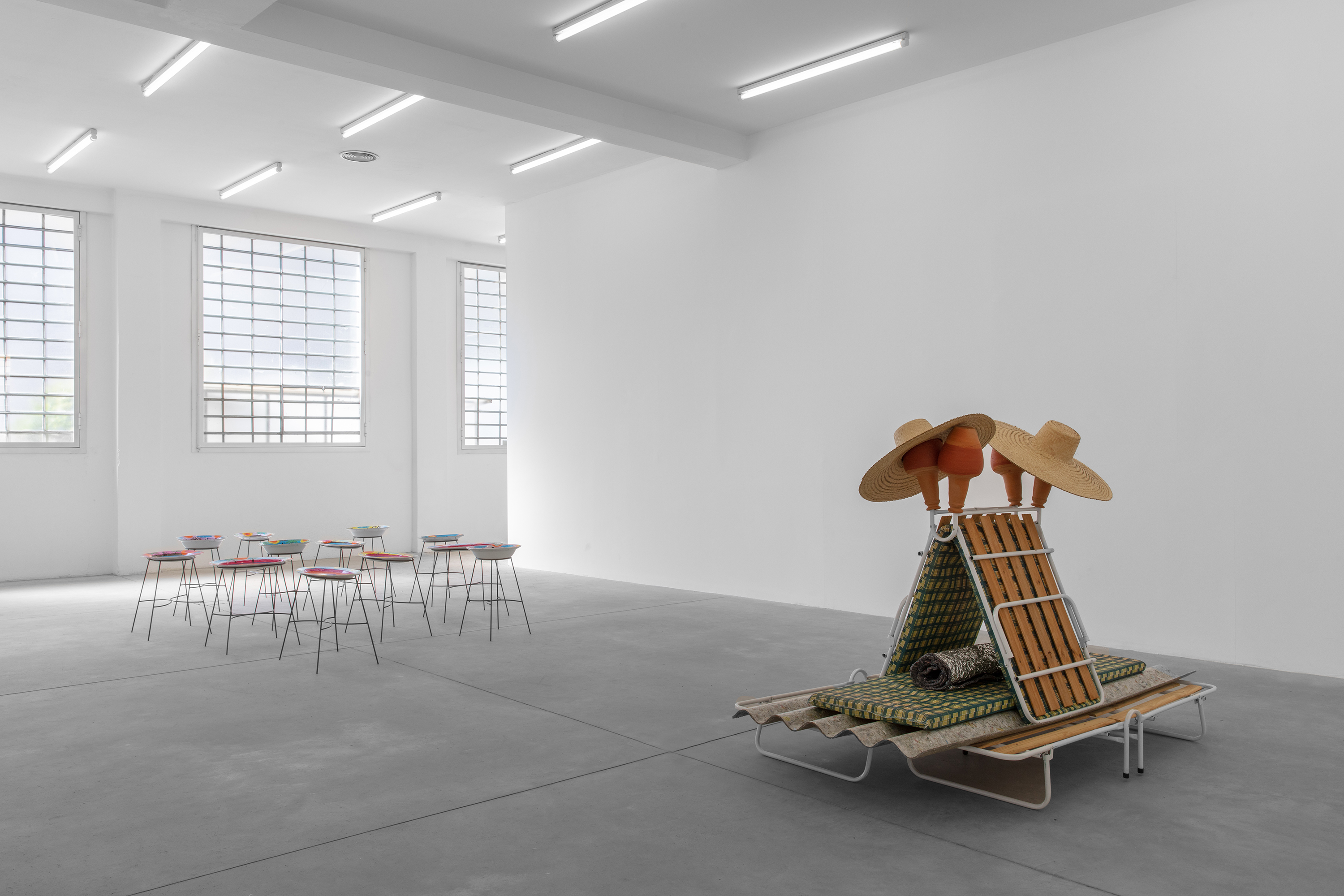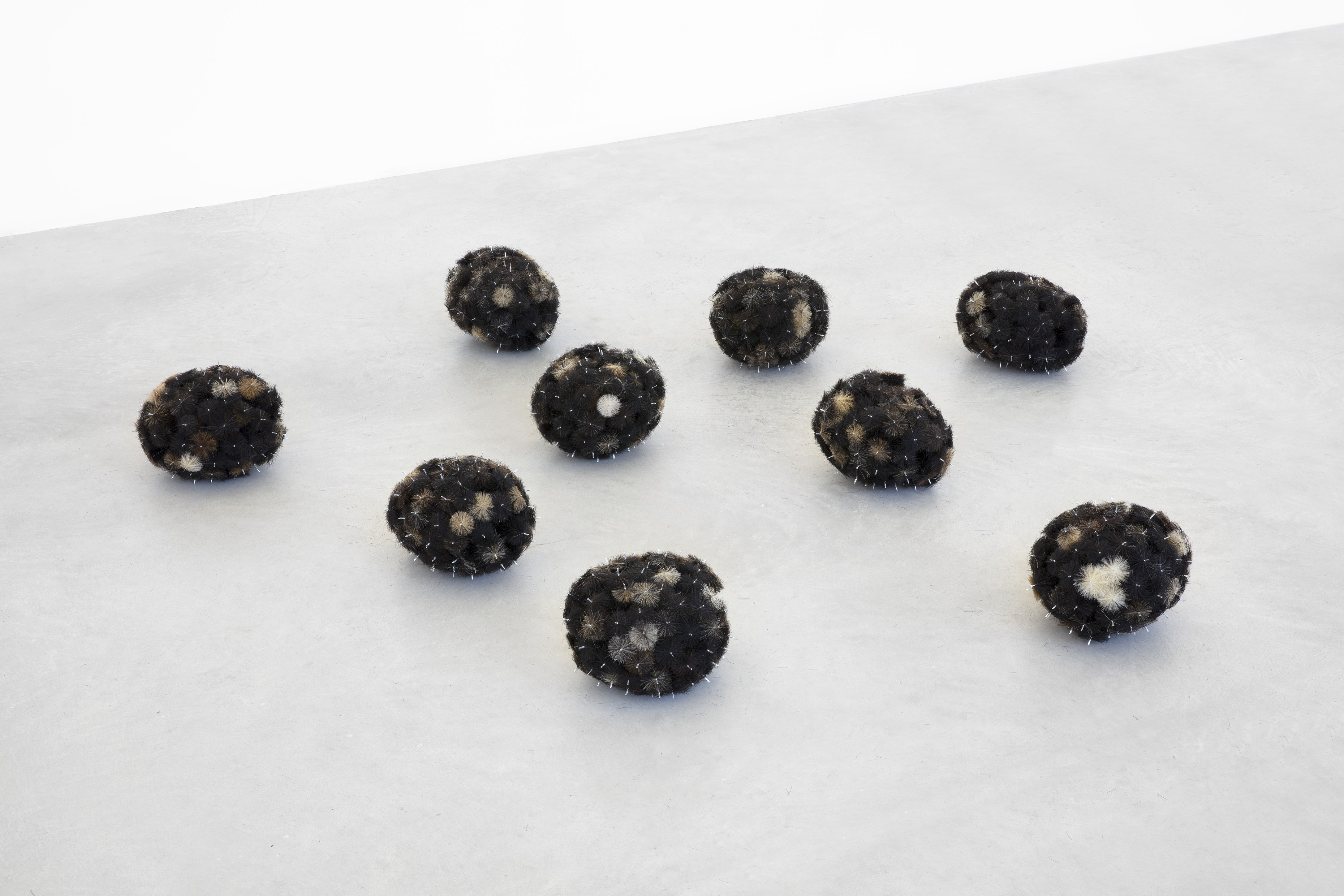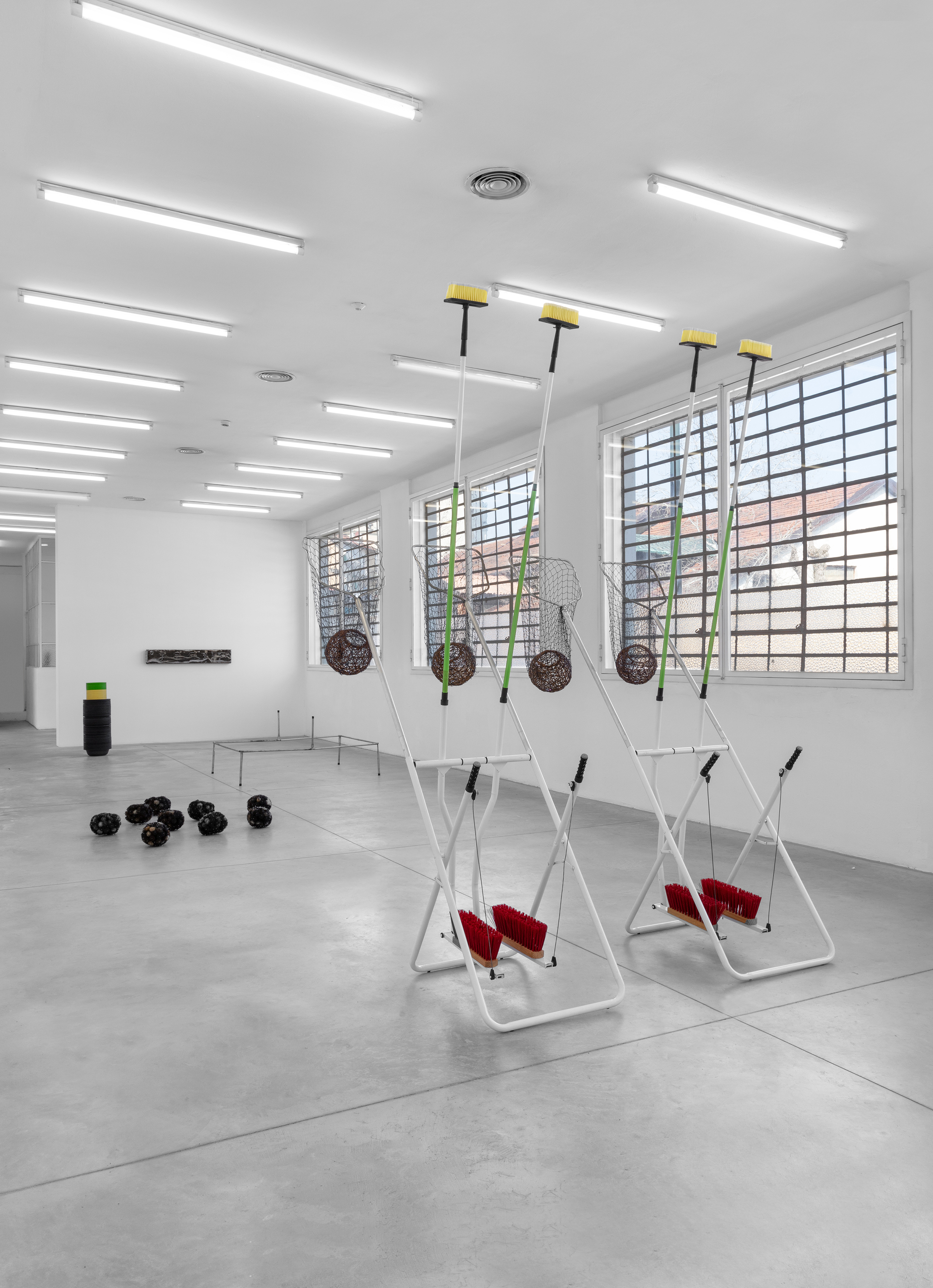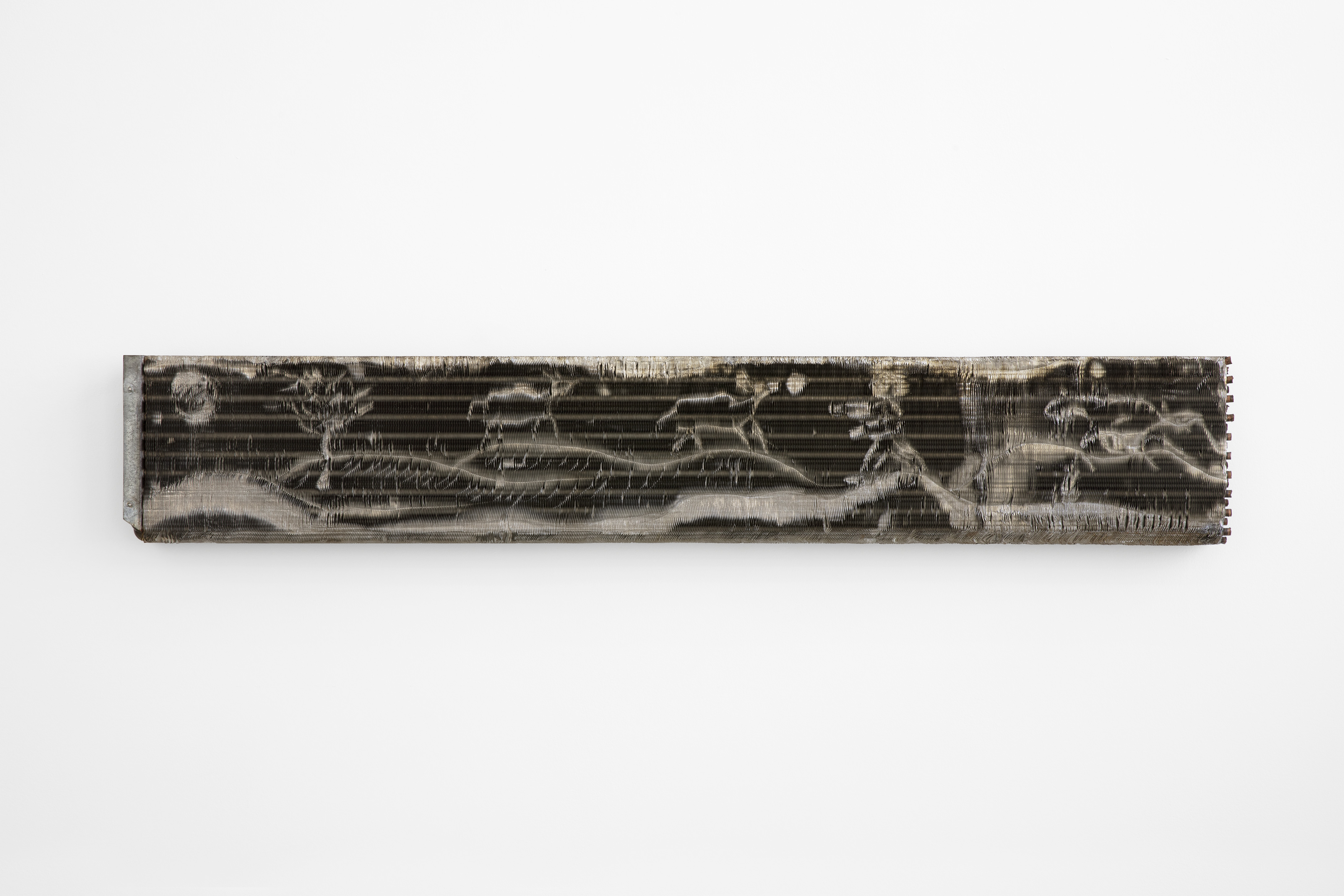Galleria Franco Noero
Marepe. Entre o céu e o inverno (Between Heaven and Winter)
La mostra raccoglie un’ampia serie di opere che coprono un arco temporale della carriera dell’artista e della sua ricerca espressiva degli ultimi quindici anni, lavori che toccano alcuni dei temi a lui più cari, fino alla sua ricerca più recente. La mostra si trova perciò in perfetta sintonia con la grande retrospettiva dedicata all’artista nel 2019 dalla Pinacoteca di San Paolo del Brasile, intitolata Estranhamente comum (Oddly Common). La pratica artistica di Marepe è saldamente legata alle sue origini e agli eventi che hanno caratterizzato la quotidianità della sua vita. Vivendo e lavorando nella città di Santo Antônio de Jesus nel Nord del Brasile, la poetica di Marepe è permeata da una ricca mescolanza di tematiche che fanno chiaro riferimento ai tratti tipici del territorio da cui proviene, la regione di Bahia, alla manifattura e ai commerci del luogo, alle tradizioni popolari del Recôncavo Baiano, nonché ai ricordi personali, familiari e d’infanzia, probabilmente alle numerose ore spese nella ferramenta di proprietà del padre o al tempo passato ad osservare l’ingegnosità dei venditori ambulanti di Bahia. Un elemento fondante e ricorrente nelle opere di Marepe è legato all’appropriazione di oggetti d’uso quotidiano, quelli che appunto sono disponibili nei mercati o nei negozi che vendono cose utili e funzionali, che sistematicamente vengono decontestualizzati, reinventati e assemblati in composizioni che esprimono associazioni del tutto personali e inaspettate, in modo da ridefinire così la loro natura, forma e significato. Sebbene influenzato dalla corrente Dadaista, per Marepe l’utilizzo del ready-made è radicato in ben altre necessità. Di fatto l’artista fa riferimento alle proprie composizioni scultoree definendo gli oggetti che li compongono come “necessidades” (necessità) piuttosto che ready-mades, cogliendo e sfruttando le caratteristiche che individuano la forte rilevanza sociale ed economica che essi rappresentano per il territorio rurale Brasiliano e, in particolare, per la regione di Bahia. La memoria, le forme, la peculiare semplicità e spontaneità dei materiali e le composizioni cromatiche sono quindi la struttura di base su cui l’artista fa affidamento per concepire le proprie opere. In questo modo Marepe incoraggia una modalità di osservazione e di studio di oggetti a noi familiari che mettono a nudo qualità che di norma sarebbero nascoste o inosservate ai più.
Marepe. Entre o céu e o inverno (Between Heaven and Winter)
The exhibition brings together a wide range of works that illustrate Marepe’s artistic research and expressive approach of the past fifteen years of his career. These are works that touch on some of the themes dearest to him, and they also include his very latest studies. The exhibition is thus in perfect harmony with the large retrospective devoted to the artist in 2019 by the Pinacoteca de São Paulo in Brazil, under the title Estranhamente comum (Oddly Common). Marepe’s artistic practice is firmly rooted in his origins and in the events that have featured in his daily life. Living and working in the city of Santo Antônio de Jesus in the north of Brazil, Marepe’s poetic vision is permeated by a rich mix of themes that contain clear references to the typical features of his native Bahia. There are allusions to the manufacturing and commercial activities in the territory, to the popular traditions of the Recôncavo Baiano, as well as personal, family, and childhood memories of when he would stay for hours in his father’s hardware store or when he spent his time observing the ingenuity of the street vendors in Bahia. One fundamental and recurrent feature of Marepe’s works is his appropriation of everyday objects, which he finds at markets or in shops that sell useful, practical things. He systematically decontextualises and reinvents them, assembling them in compositions that express purely personal and improbable associations, thus redefining their nature, form, and meaning. Even though he is influenced by the Dadaist movement, in Marepe’s case the use of ready-mades has its roots in very different needs. He refers to the objects in his sculptural compositions as "necessidades" (necessities) rather than ready-mades, for he captures and makes use of aspects that point to the great social and economic relevance they have for the Brazilian countryside and, in particular, for the Bahia region. The basic structure that the artist uses when creating his works is based on their memory and forms, and on the peculiar simplicity and spontaneity of the materials, and on particular chromatic compositions. Like this, Marepe encourages us to observe and study objects we are familiar with and that reveal qualities that would normally be concealed from – or unnoticed by – most people.
